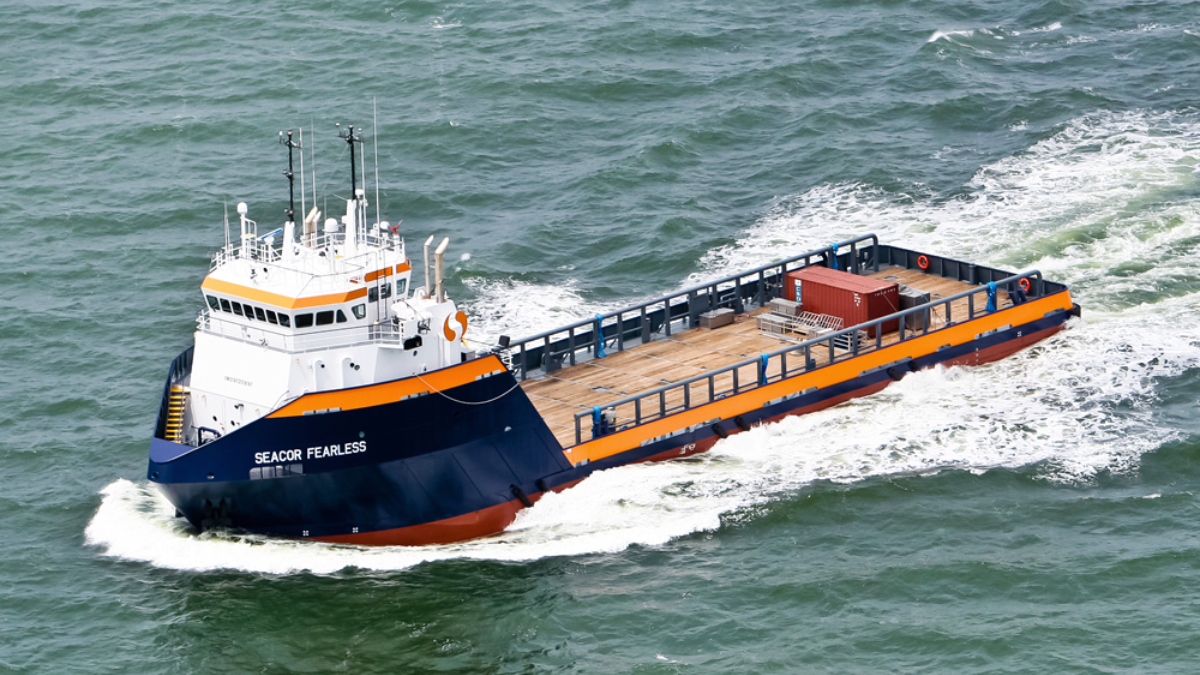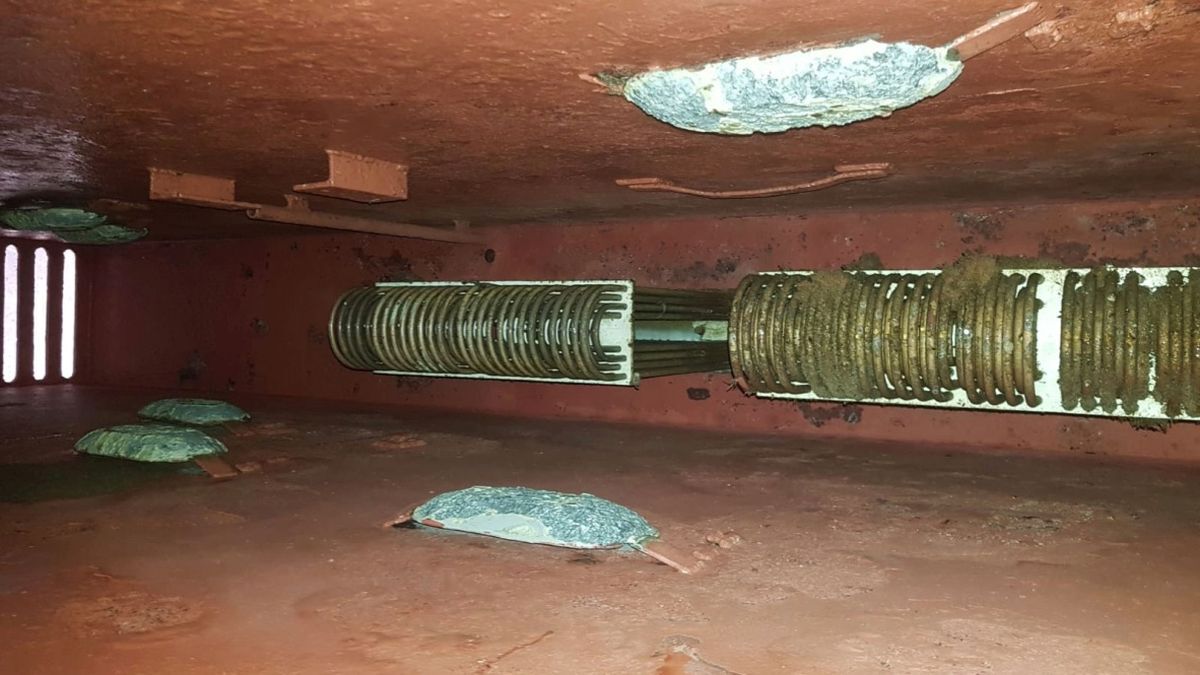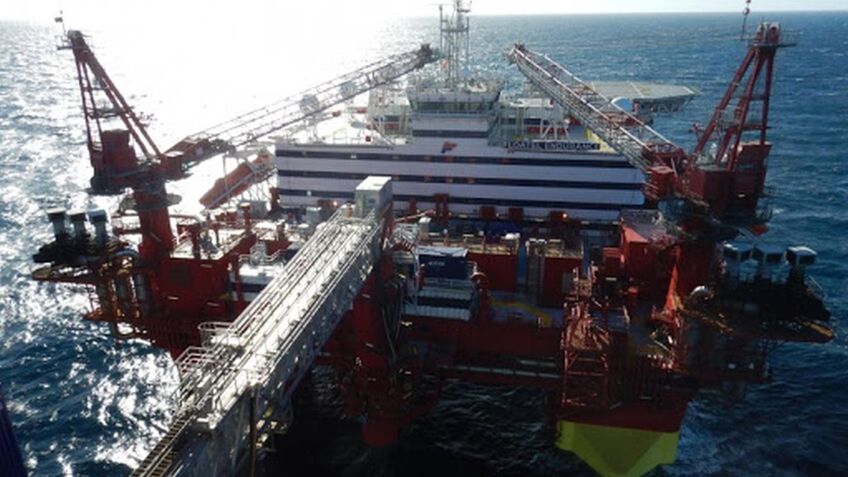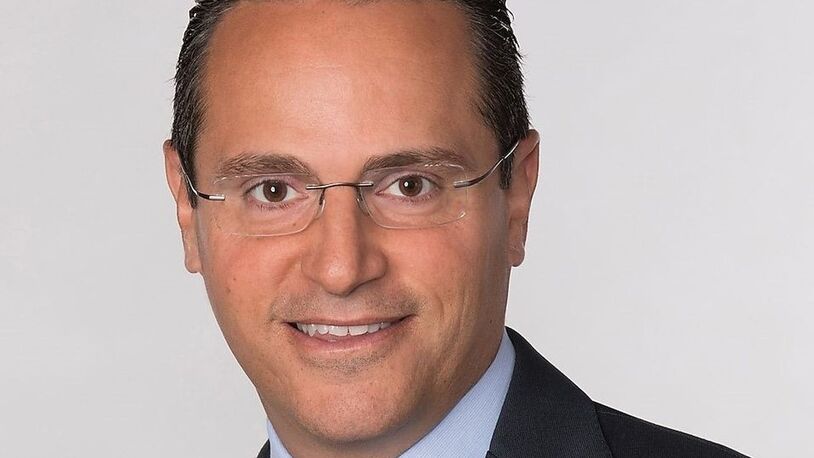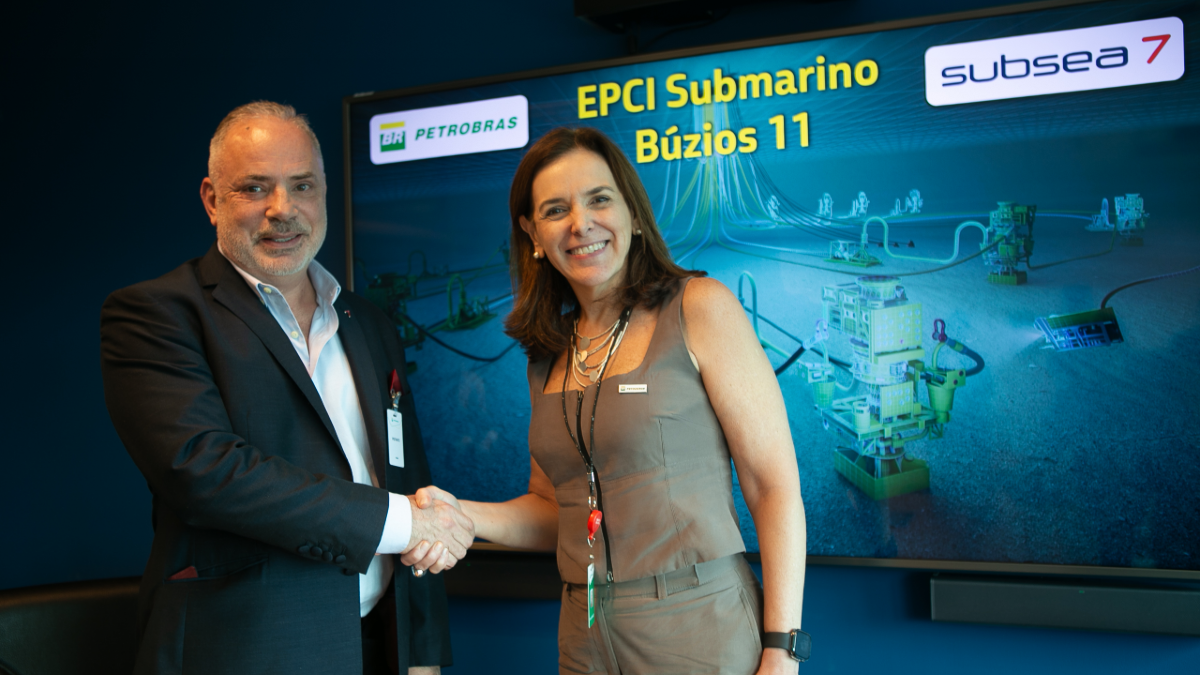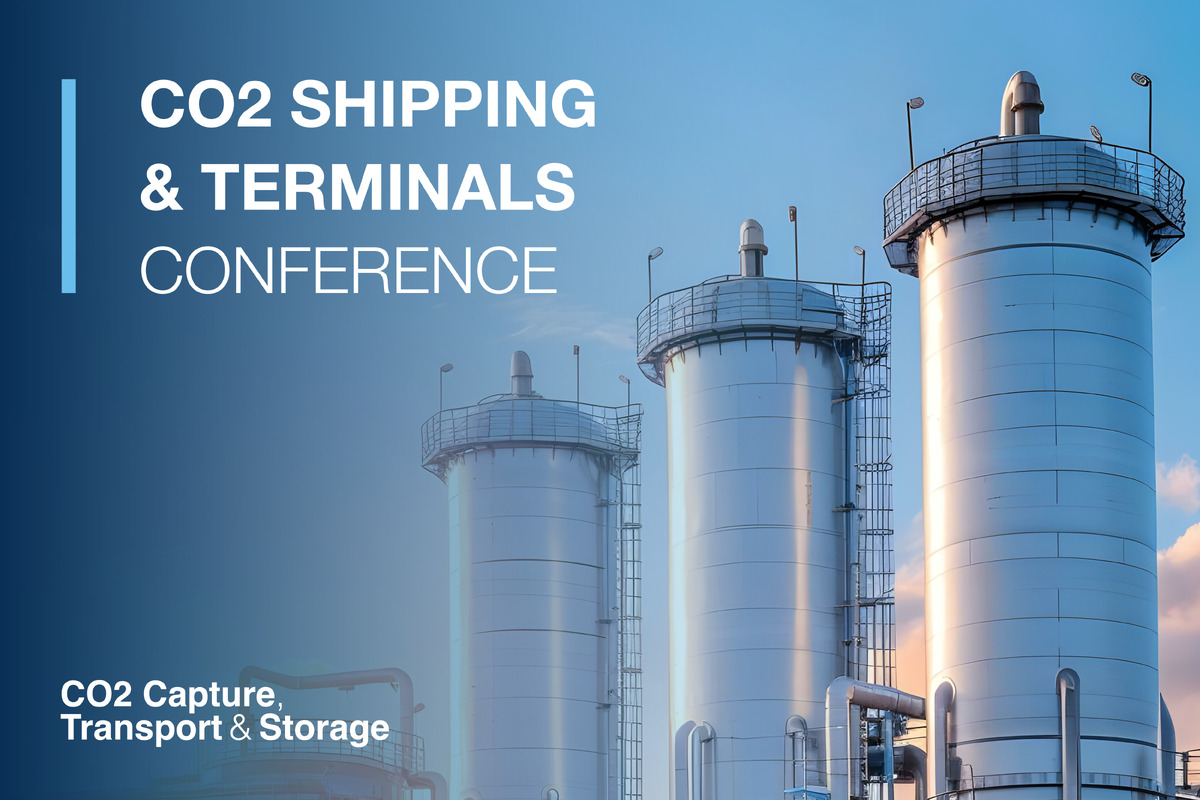Business Sectors
Contents
Locar looks beyond problems at Petrobras
One diversified shipping and transport group has become an increasingly important player in the offshore support vessel (OSV) arena in Brazil – Locar Guindastes e Transportes Especiais (Locar Cranes and Specialised Transport).
In fact the São Paulo-based company has almost doubled the size of its OSV fleet over the last two years, from six OSVs (as of January 2012) up to 10 with another two due to enter into service shortly (figures from ABEAM, the association for Brazilian OSV operators). Including tugs and barges, the two new arrivals take the overall fleet up to 32 ships.
Locar currently operates 10 line handlers and is about to start operating a pipelay support vessel (PLSV), which will be the first of its kind built in Brazil.
The total number of OSVs it has in its portfolio will rise to 12 later this year when an 11th line handler is delivered to the company. Locar also has plans to increase its OSV fleet up to 20 over the next five years, but this year will probably be a period of retrenchment.
The hull of a new PLSV, Locar Pipe, was delivered to Locar from a northeast shipyard (Estaleiro Maguari in Belém) in early 2014 and was expected to start working for Petrobras from March of this year, but that has all changed. There have been some delays where it is being outfitted at Locar’s shipyard facility on Ilha do Governador in Rio de Janeiro, but the company has been in no hurry to speed things up because of the well publicised travails of the Brazilian state-owned oil company.
Gustavo Carvalho, commercial manager for Locar, told OSJ, “This year will be a terrible year in Brazil for everyone, so we are reviewing our investment plans. With Locar Pipe, now we are talking to a potential new contractor through a broker. The vessel could end up being fixed abroad. Things are very confused at Petrobras these days and so there is no market for her in Brazil right now.”
The vessel’s deployment has been delayed by some months owing to the usual mix of delays, bureaucracy and political problems that have afflicted many proposed Petrobras contracts, both this year and last, especially in recent months with the run-up to the presidential elections in October and investigations into fraud.
“I think by the time we sign a contract, mobilise and prepare her, she will be operating, probably abroad, in four to five months from now,” said Mr Carvalho.
Given the priority status awarded to Brazilian flag vessels, it is very unusual to find such vessels plying their trade abroad, but according to some analysts, this might be the beginning of a trend. Mr Carvalho added that, as well as being one of the biggest operators of line handlers in Brazil, the company was also very much involved in project cargo and heavy lift.
Talking from his Rio de Janeiro office, he told OSJ, “We have been expanding our activities in the OSV sector, but in fact, we are also the largest operator of heavy-lift cargoes in Brazil.”
And, of course, the two sectors of operations coincide in the offshore area where Brazil has been in the process of ramping up its oil production from 2 million barrels per day to a forecast 4.2 million by the year 2020. This being the case, Petrobras has been investing in new plant, facilities and oil refineries (at Comperj in Rio de Janeiro and, hopefully one day, at Abreu e Lima in Suape) to help with that push.
The newest of Locar’s line handlers – Locar XXIV – was delivered in early 2014 and was recently awarded a seven-year contract to operate on behalf of Petrobras offshore Brazil. Each of the other line handlers in the Locar fleet is also serving a seven-year charter contract with Petrobras. Luckily for Locar, five still have five years to run, and the rest have six years to go.
Mr Carvalho said that the Locar line handlers were all on “different day rates” but added that he was not at liberty to say what the actual day rates are. When it was suggested that the average day rate for line handlers of this type in Brazil is about US$15,000 per day, he concurred with that estimate.
All of the first 10 Locar line handlers were built at the SRD Shipyard in Angra dos Reis (near the huge BrasFELS shipyard), but nearly all of the outfitting of the vessels was carried out at Locar’s own shipyard at Ilha do Governador, in Guanabara Bay, near Rio de Janeiro.
“That has been our modus operandi,” said Mr Carvalho. “We built all our hulls at SRD and then carried out the outfitting in our own yard. That yard had been rented from BrasFELS, they wanted it back, so we switched, with Locar Pipe back to Belém for construction of the hull then towed it down to Rio de Janeiro.” OSJ
Related to this Story
Events
Reefer container market outlook: Trade disruption, demand shifts & the role of technology
Asia Maritime & Offshore Webinar Week 2025
Marine Lubricants Webinar Week 2025
CO2 Shipping & Terminals Conference 2025
© 2024 Riviera Maritime Media Ltd.


